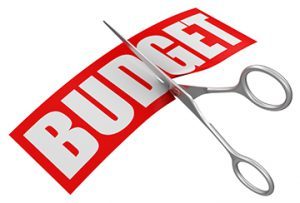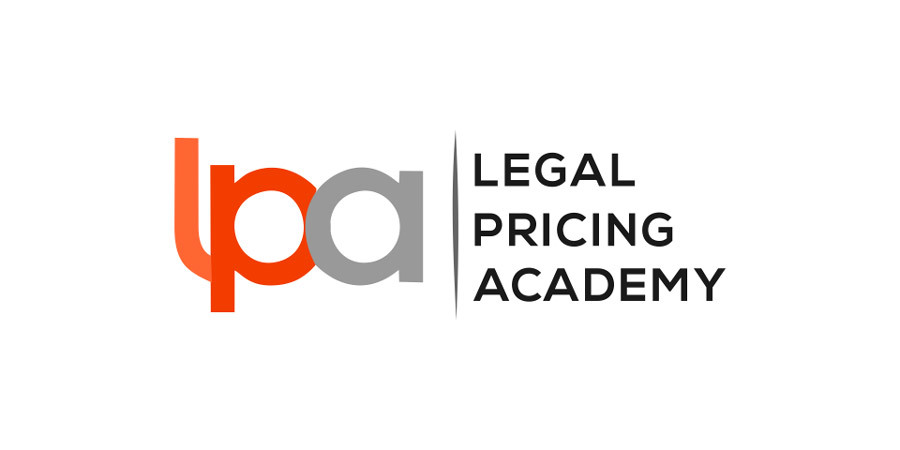There are few communications from a corporate client that are more guaranteed to send an icy chill through the veins of most partners unless of course it is accompanied by a postscript, "… and if you don't, we'll be going out to the market again".

But about the worst thing you can do is to take the request literally and attempt to accommodate it. The first response should be to pick up the phone and talk to whoever sent it. This unwelcome missive from the client will inevitably be the culmination of a variety of conversations, diktats, Machiavellian manoeuvrings, and all manner of other goings on at the client end.
You do neither yourself nor the client a service by leapfrogging the time required to truly understand what is going on and what has preceded the request. Often such conversations can flush out a variety of issues which at best have a tangential relationship to the core issue of hourly rates. It is impossible to address the client’s needs and concerns without a proper diagnosis.
Failing to do so is akin to you saying to the doctor "I have a sore throat", and then without examining you or asking for any further information or context, the doctor writes a prescription for antibiotics. Sure, an infection might be the explanation and antibiotics the appropriate response. But equally, the cause of the sore throat could be anything from cancer to having damaged the back of your throat taking a Covid swab.
But for the sake of argument, let's assume that the GC has been told in no uncertain terms to reduce the organisations external legal spend by 15%. So, whether through want of imagination, lack of lateral thinking or simply a myopic view of cause and effect, the legal team and/or procurement take the view that the best, if not the only way to achieve this is to contact all the panel firms and tell them to drop their rates by 15%.
And this is where firms get it horribly wrong. The request is often taken literally. So begins a lot of internal handwringing about how to respond to the request, but the discussion invariably focuses on such questions as, ‘do we agree to it, do we counteroffer, what impact will that have on our margins, are we at risk of losing the client if we don't agree’ and so on.
But this really is a failure of imagination on the firm's part as well. How can a firm that is presented with such a request accommodate it without reducing the rates? The answer lies in asking, ‘what is the end and what is the means to the end?’
When clients ask law firms for rates, they aren't in truth particularly interested in rates. What they actually want to know is what the job is going to cost. Now, I know you will say that that is not the whole story. Clients think they can make legitimate comparisons between the cost effectiveness of law firms by comparing their hourly rates. Indeed, on a procurement lead foray into the market, that is the only metric that can't be made opaque.
Which is precisely why we have the perverse contradiction of sophisticated buyers of legal services demanding the death of the billable hour whilst in the same breath insisting that all firms submit detailed spreadsheets with fee earners roles/seniority and corresponding hourly rates plus whatever discount the firm is prepared to give. And that is even though a firm with higher rates may deliver the work at lower total cost.
However, that is the subject of another blog.
So, what is the parallel with the current dilemma? The answer is that the client has a need (a 15% reduction in total external legal spend), and like the Google savvy patient who has self-diagnosed, the client concludes that that objective can be best/only achieved by demanding that all the panel firms reduce their rates by 15%.
It is utterly and completely the wrong approach and yet lemming-like, firms will often respond by walking off that cliff.
Consider some of the many alternatives…
"You currently instruct us on about 30% of all your work. Increase our share of wallet to 80% and we will cut our pricing to ensure that the result is a 15% reduction in your total legal spend”
"We have identified a number of process inefficiencies at your end that have the effect of exacerbating your overall costs. We think we can get them down by upwards of 15% by helping you streamline your own processes when you engage with us.
“We think that there is more that we can do to outsource some aspects of the service delivery using ALSPs (our own or somebody else's). This will bring your overall cost down while still preserving our margins.”
“We can deploy off-the-shelf technology and codevelop some technology with you that will help to bring your costs down.”
“Your instructions always imply that you would like the jewel encrusted, gold-plated version of what we can deliver, every time. Realistically, in some instances this is neither necessary nor proportionate. It would be useful to categorise the various work streams we provide you with, from relatively mundane business as usual through to mission-critical and then develop an agreed delivery framework, resourcing structure and specification that is proportionate to each requirement.”
"Is there a role for a project manager on more of the work, undertaking a critical co-ordination, communication and process streamlining role in lieu of much more expensive lawyers?"
What these all have in common is that two seemingly diametrically opposed objectives can be achieved; the firm maintaining its margins and the client getting the cost savings it is looking for.”
I know that some of you will be thinking, yes fine, but at the end of the day whilst the margins might have been preserved, there is still in all probability an overall reduction in spend by that client. What's the answer? Simple. Rinse and repeat by utilising the capacity created with other like-minded clients or potential clients that like your way of thinking about their overall legal spend. The focus should be on profit rather than revenue.
Richard Burcher
Managing Director
Validatum

